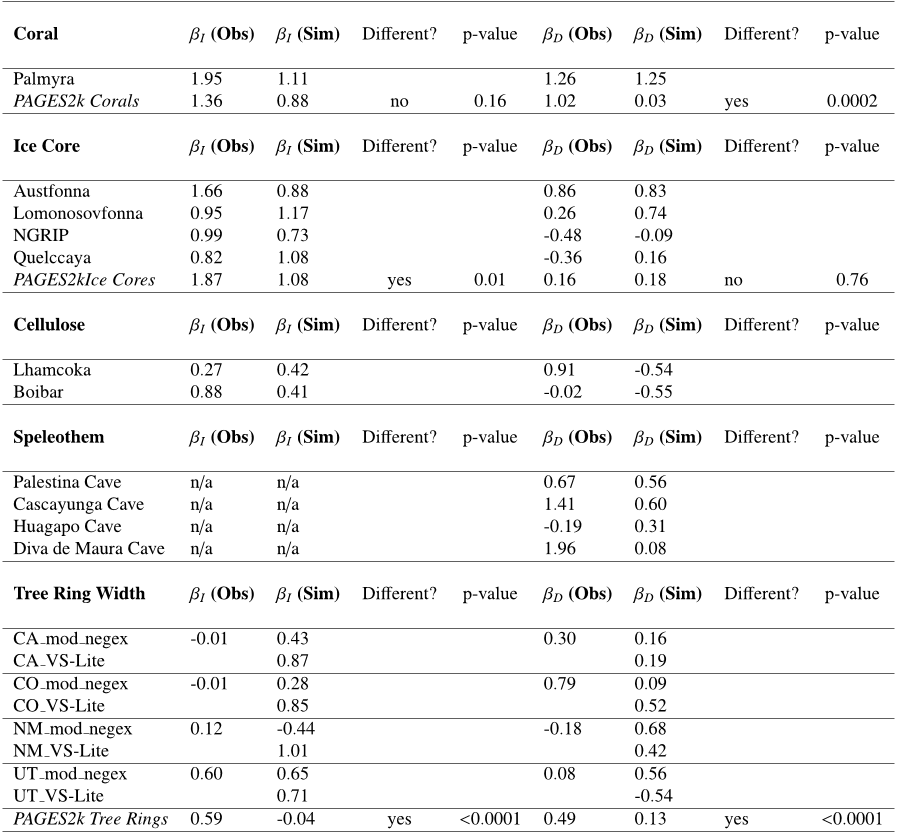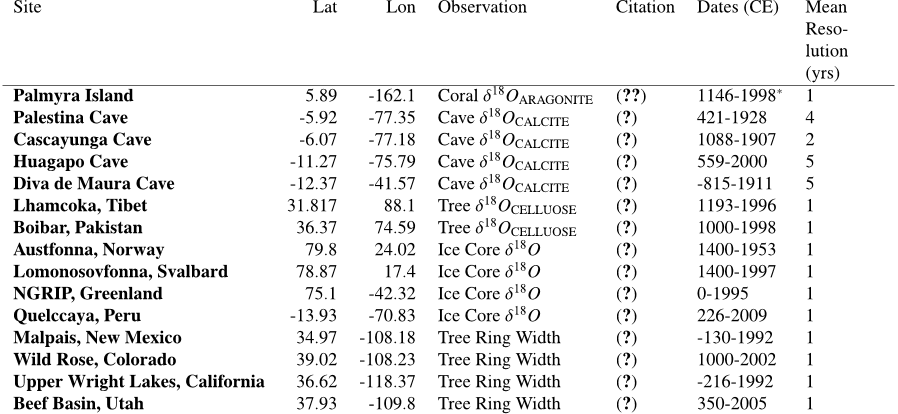Abstract: Attribution and prediction of global and regional warming requires a better understanding of the magnitude and spatial characteristics of internal global mean surface air temperature (GMST) variability. We examine interdecadal GMST variability in Coupled Modeling Intercomparison Projects, Phases 3, 5, and 6 (CMIP3, CMIP5, and CMIP6) preindustrial control (piControl), last millennium, and historical simulations and in observational data. We find that several CMIP6 simulations show more GMST interdecadal variability than the previous generations of model simulations. Nonetheless, we find that 100‐year trends in CMIP6 piControl simulations never exceed the maximum observed warming trend. Furthermore, interdecadal GMST variability in the unforced piControl simulations is associated with regional variability in the high latitudes and the east Pacific, whereas interdecadal GMST variability in instrumental data and in historical simulations with external forcing is more globally coherent and is associated with variability in tropical deep convective regions. Plain Language Summary Ongoing and future global and regional warming will progress as a combination of internal climate variability and forced climate change. Understanding the magnitude and spatial patterns associated with internal climate variability is an important aspect of being able to predict when, where, and how climate change will be felt around the globe. Here, we show that the latest climate model simulations, which will be used in the Intergovernmental Panel on Climate Change (IPCC) Assessment Report 6 (AR6), simulate a large range in magnitudes of internal global mean temperature variability. Although there are large unforced global temperature trends in some models, we find that even the most variable models never generate unforced global temperature trends equal to the recently observed global warming trends forced by greenhouse gas emissions. We examine the regions associated with internal climate variability and forced climate change in climate model simulations and find that only forced simulations show a pattern of warming consistent with instrumental data.









